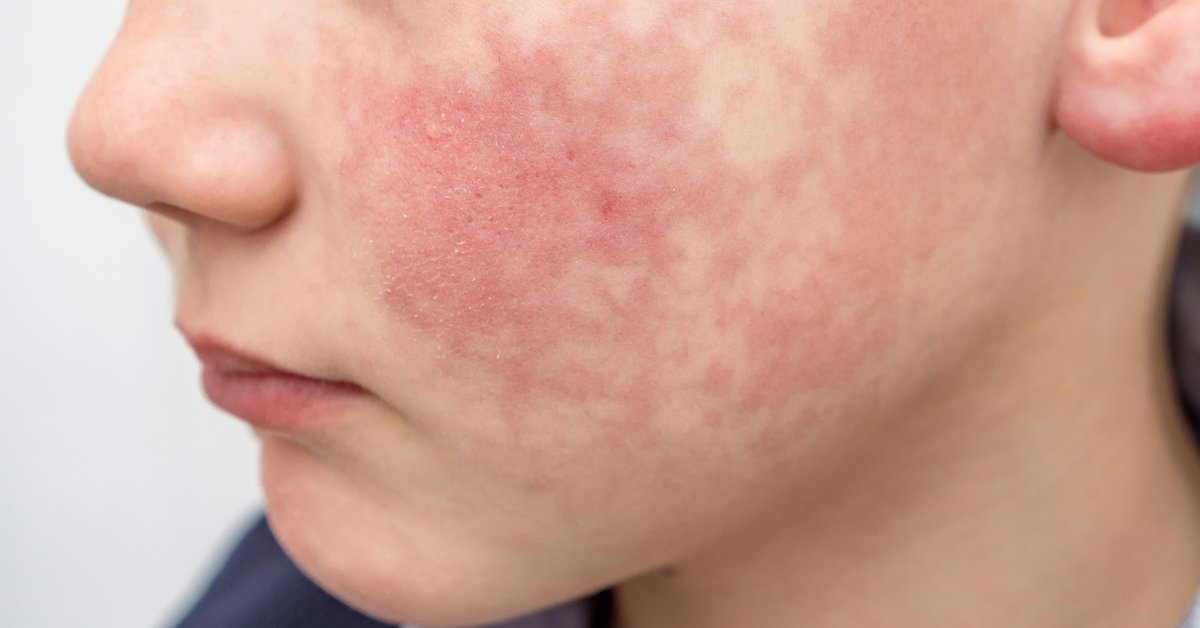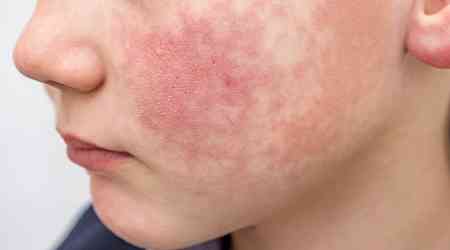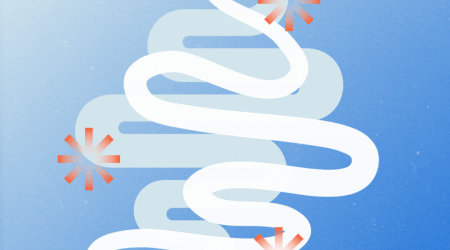
Parvovirus B19, a respiratory virus that causes a telltale “slapped-cheek” rash, is on the rise in the U.S., according to an Aug. 13 alert from the U.S. Centers for Disease Control and Prevention (CDC).
There’s no routine surveillance for parvovirus in the U.S., but several indicators suggest the virus is spreading widely right now, the CDC says. Doctors have reported unusual numbers of parvovirus-related complications among two high-risk populations: pregnant people and patients with blood diseases. And as of June, laboratory data hinted that about 10% of the U.S. population—and 40% of kids ages 5 to 9—had antibodies in their blood suggesting they were recently infected, the CDC’s alert says.
[time-brightcove not-tgx=”true”]Here’s what to know about parvovirus B19 as the virus circulates.
What is parvovirus B19?
Parvovirus is a common respiratory illness, with “mini-outbreaks” occurring roughly every three to four years, according to the National Library of Medicine (NLM). In developed countries like the U.S., the vast majority of people get it at some point during their lives, often during childhood. Up to 10% of kids get parvovirus by the time they’re 5, the NLM says, and about half of people have had it by age 20.
Parvovirus B19 is a virus that solely affects humans; it’s different from the parvovirus that affects pets. Like other respiratory diseases, it spreads person-to-person, commonly through the respiratory droplets expelled when a sick person sneezes or coughs, the CDC says.
Read More: I Was Exposed to COVID-19. How Long Will It Take for Symptoms to Start?
Most of the time, the CDC says, cases are mild or even asymptomatic. When people do develop symptoms, they commonly start with fever, headache, cough, and a sore throat. As the illness progresses, people may develop additional symptoms. The most distinctive later-phase symptom is a red facial rash—also known as a “slapped-cheek” rash—that more commonly affects children than adults. Some may also develop a rash covering the torso, limbs, and buttocks.
Patients with parvovirus may also develop joint pain as their illness progress. Sometimes, according to the CDC, joint pain is the only symptom adults experience, and it may last for weeks or even months following infection.
Is parvovirus B19 serious?
People who are otherwise healthy usually recover from parvovirus on their own and require no treatment. But complications are possible for certain groups.
Read More: The 1 Heart-Health Habit You Should Start When You’re Young
People with blood disorders or compromised immune systems may experience potentially serious anemia—a drop in red blood cells—if they catch parvovirus, according to the Mayo Clinic. And pregnant people who catch the virus may pass it to their fetus, potentially causing anemia in the fetus and raising the risk of miscarriage or stillbirth. People who fit into these categories should see a doctor if they think they have parvovirus.
What should I do during the parvovirus B19 outbreak?
There is no vaccine that can prevent parvovirus’ spread, so the best way to avoid infection is to wash your hands frequently, clean communal surfaces like doorknobs regularly, and avoid direct contact with someone who is sick with the virus. People are most contagious during the early phases of the illness, the CDC says. Someone is unlikely to be contagious by the time they develop a rash or joint pain.
During the current outbreak, the CDC says, people who work in high-risk settings—such as schools and daycares—or who are at high risk of complications may consider wearing a mask for additional protection.


























